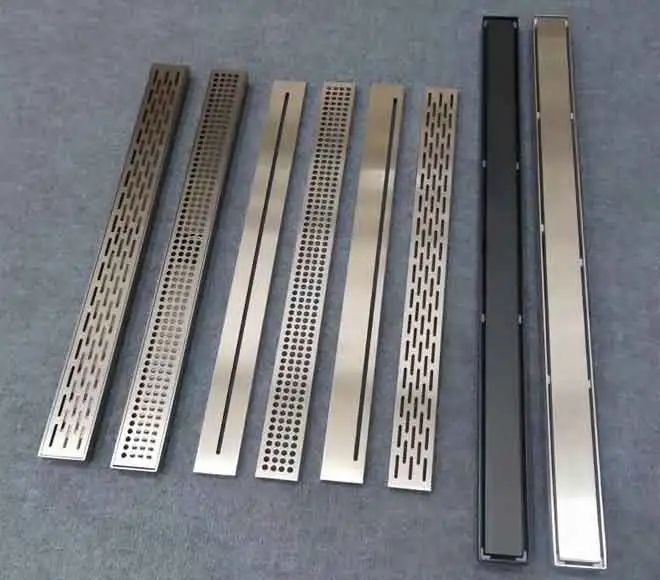Do Stainless Steel Sinks Scratch Easily? — Technical Analysis for Commercial and Residential Use
Scratch resistance is a critical concern when selecting stainless steel sinks for commercial kitchens, hospitality environments, and premium residential projects. Understanding how and why scratches occur, and how material choice and surface treatments influence durability, can help you choose the right solution for your application. Why Scratches Happen | Material Grade Influence | Impact of Surface Finish | Preventive Design Features | Conclusion
Why Scratches Happen in Stainless Steel Sinks
Stainless steel sinks can develop scratches due to contact with sharp utensils, abrasive cleaning pads, or heavy cookware. In busy commercial kitchens, where sinks face high-frequency use and harsh handling, surface abrasions are almost inevitable. However, the severity and visibility of scratches largely depend on material grade, surface finish, and overall sink design.
Understanding these factors is essential for maintaining a sink’s aesthetic and functional performance over its lifecycle.
Material Grade Influence on Scratch Resistance
Using higher-grade stainless steel, such as SUS 304, greatly improves scratch resistance. SUS 304 contains 18% chromium and 8% nickel, enhancing strength and hardness compared to lower-grade alternatives like SUS 201. Premium Раковина из нержавеющей стали на заказ models from madesink.com, including TGR-FS3021 and TGR-DR3219, use SUS 304 to ensure both long-term durability and improved resistance to everyday wear.
Lower-grade materials are more prone to surface damage, compromising both appearance and hygiene over time.

Impact of Surface Finish and Treatment
Surface finish is another decisive factor in scratch visibility and resistance. Brushed finishes, for example, help conceal minor abrasions by diffusing reflected light, making them ideal for high-traffic kitchens. Advanced treatments like nano coatings further improve surface hardness, providing additional protection against scratches and staining.
For instance, the WWF8046 Black waterfall sink features a nano-coated surface that significantly enhances scratch resistance while offering a sleek, contemporary look suitable for both commercial and luxury residential settings.
Preventive Design Features and Maintenance
Beyond material and finish, design features such as rounded corners (R0, R5, R10) and integrated accessories can reduce scratch-prone areas. Thicker sink gauges, like 16-gauge or 3+1.2 mm constructions, offer additional resilience against impact-related surface damage.
Regular maintenance, including using protective sink grids and avoiding abrasive cleaning tools, also plays a crucial role in minimizing scratches and preserving the sink’s visual appeal over time.
Conclusion: Manage Scratches Through Quality and Design
While no stainless steel sink is entirely scratch-proof, selecting premium SUS 304 material, opting for advanced surface finishes, and incorporating thoughtful design features significantly reduce scratch occurrence and visibility. Investing in a high-quality sink ensures better long-term performance, lower maintenance costs, and sustained aesthetic value for commercial and residential projects alike.
Explore our range of Индивидуальные коммерческие мойки and Custom Sink Accessories to discover tailored solutions engineered for maximum durability.







